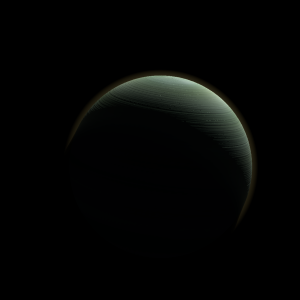|
|
Space Astro
|
Info for exoplanet "Chatur-rax"
| Scientific (actual) data |
|---|
| Name | HD 102272 c |
| Planet status | Confirmed |
| Mass sini | 2.6 |
| Orbital period | 520 |
| Semi major axis | 1.57 |
| Orbit eccentricity | 0.68 |
| Angular distance | 0.004361 |
| Discovered | 2008 |
| Updated | 2008-06-11 |
| Omega | 320 |
| Tperi | 54135.5 |
| Publication | Published in a refereed paper |
| Detection type | Radial Velocity |
| Star name | HD 102272 |
| Right ascension | 176.6° |
| Declination | 14.12° |
| Mag v | 8.71 |
| Mag j | 6.9 |
| Mag h | 6.4 |
| Mag k | 6.26 |
| Star distance | 360 |
| Star metallicity | 0.26 |
| Star mass | 1.9 |
| Star radius | 10.1 |
| Star sp type | K0 |
| Star temperature | 4908 |
| Wikipedia article | HD 102272 c |
Back
| |
| Fictional info (?) |
|---|
| Suggested name | Chatur-rax |
| Planet type | Cold planet |
|
This inhospitable place is known for its dangerous and earth-like humanoids, the "Poly-lade Ca", which spend their life by hunting anything they find if it is available. The Poly-lade Ca are somewhat related to the Panne but have wings and vary in size from 70 to 90 mm. They can withstand temperatures from 100 to 130°C and the high radiation level which is common on this planet. |
| Estimated population | 29 |
| Atmosphere | Oxygen | 77% |
| Water | 21% |
| Carbon dioxide | 1.7% |
| Methane | 0.00073% |
| Atmospheric pressure | 2.4 bar |
 |
| No known satellites |
| Google search for Chatur-rax |
|
Website by Joachim Michaelis
|
|
|
|